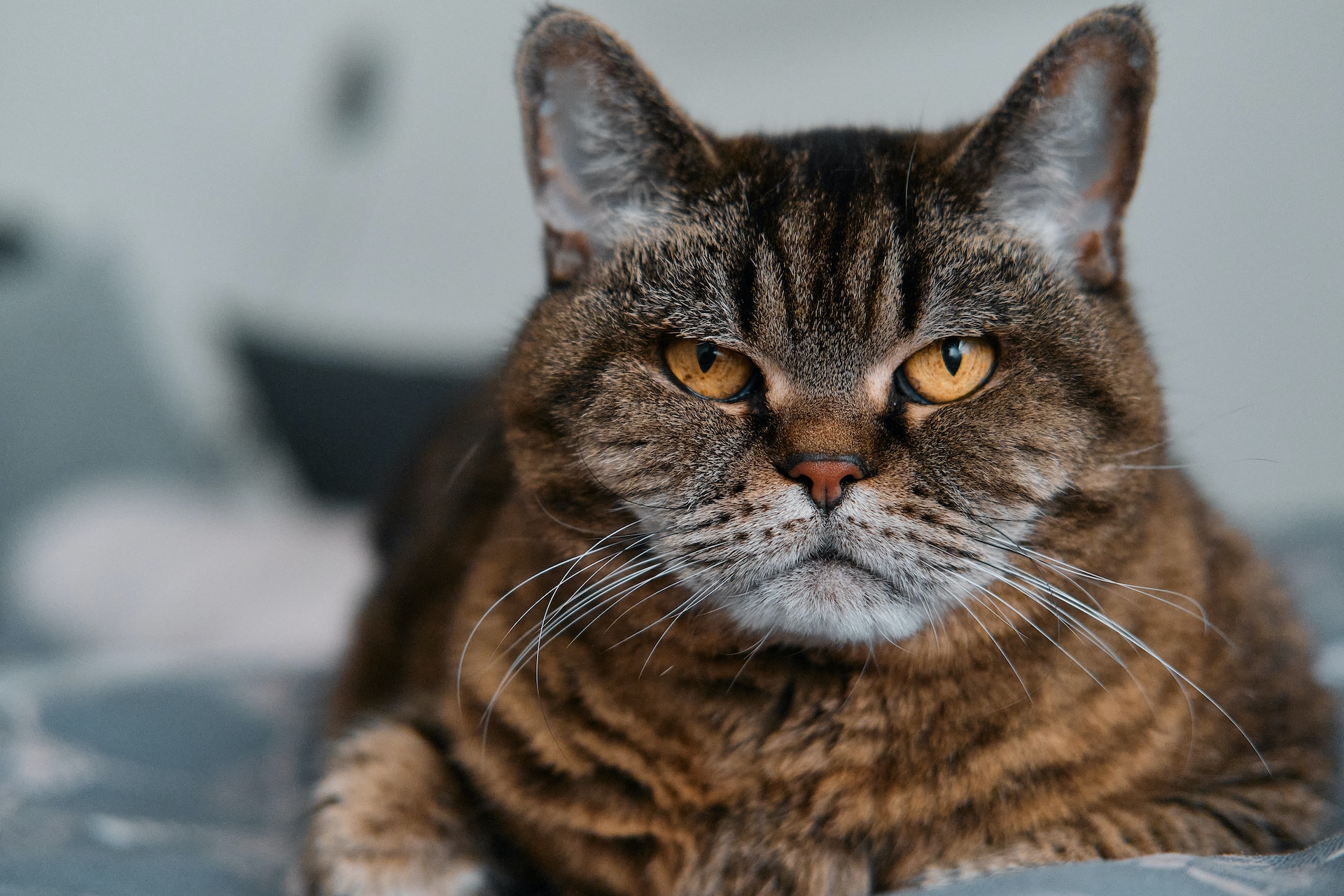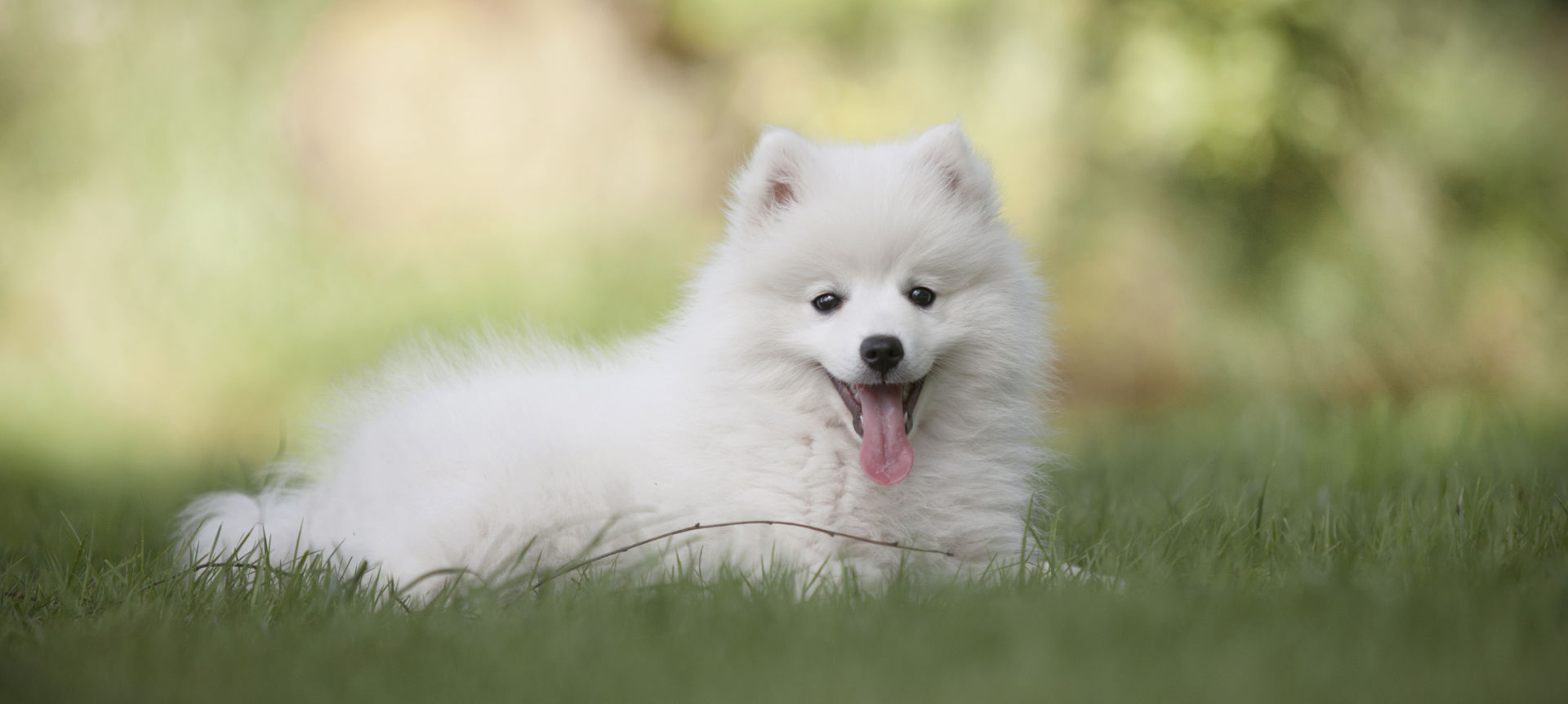
16 Aug Stomatitis in Cats
One problem that is more prevalent in cats vs other species is gingivostomatitis. This is characterized by infection or inflammation of the mouth and surrounding soft tissues that can range from mild in symptoms to severe. In some patients, it can become a quality of life issue due to the pain and difficulty eating it may cause. In this article, we will delve into what stomatitis in cats means, explore its symptoms, discuss treatment options, and shed light on the difficulties in managing this condition.
Understanding Gingivostomatitis:
Gingivostomatitis, often referred to as Feline Gingivostomatitis (FGS), is a severe and painful inflammation of the gums (gingiva) and the oral mucosa inside a cat’s mouth. It is a chronic condition characterized by persistent inflammation, ulcers, and discomfort. While the exact cause of FGS is not fully understood, it is believed to result from an abnormal immune response to dental plaque and calculus, combined with a viral or bacterial trigger.
Symptoms of Gingivostomatitis:
Cats with gingivostomatitis can exhibit a range of distressing symptoms, including:
- Gum Inflammation: Redness and swelling of the gums, particularly around the back teeth (molars and premolars), are common. In severe cases, the inflammation can extend to the entire mouth.
- Pain: Cats with FGS often experience intense pain, leading to difficulty eating, grooming, and even decreased interest in play and interaction.
- Bad Breath: The oral inflammation and infection can lead to foul-smelling breath, which is a telltale sign of dental issues.
- Drooling: Excessive drooling, sometimes tinged with blood, can occur due to the discomfort caused by oral inflammation.
- Ulcers and Lesions: Painful ulcers and lesions may develop on the gums, tongue, and other oral tissues, further exacerbating the cat’s pain.
- Weight Loss: Due to the pain and discomfort associated with eating, affected cats may lose weight over time.
- Behavioral Changes: Cats with gingivostomatitis might become irritable, withdrawn, or reluctant to interact due to their chronic pain.
Treatment Options for Gingivostomatitis:
Managing FGS is challenging and often requires a multi-faceted approach involving both medical and dental interventions. Here are some treatment options:
- Oral Hygiene: Regular dental care is crucial in preventing and managing FGS. Brushing your cat’s teeth, using dental rinses, and providing dental-friendly treats can help minimize plaque buildup. For more information on dental cleanings visit our website at https://vetdentistwi.com/services/pet-dental-cleanings/.
- Dietary Changes: Switching to a wet or moist diet can be easier for cats with FGS to consume, as dry kibble may be painful to eat.
- Pain Management: Pain relief is a cornerstone of treatment. Non-steroidal anti-inflammatory drugs (NSAIDs) and other pain medications prescribed by a veterinarian can help alleviate discomfort.
- Immune Modulators: Corticosteroids or other immune-modulating medications can help suppress the exaggerated immune response that contributes to FGS.
- Antibiotics: Antibiotics may be prescribed to combat bacterial infections that can exacerbate oral inflammation.
- Surgery: In severe cases, extracting some or all of the cat’s teeth (full-mouth extraction) might be considered to eliminate the source of inflammation.
The Pain and Challenge of Treatment:
Gingivostomatitis in cats is not only physically painful but emotionally distressing as well. Cats are skilled at masking pain, making it challenging for owners to detect when they are suffering. This is especially true for oral pain, which can be severe and chronic in FGS cases. Furthermore, treating FGS is often complex and can be frustrating due to the variability in response to treatment among individual cats.
Additionally, the treatment options mentioned earlier are not without their own set of potential complications. For instance, while full-mouth extractions might offer relief from pain and inflammation, the procedure itself is invasive and can be expensive. Moreover, cats with FGS may also face the challenge of developing an adverse reaction to medications or not responding positively to certain treatments.
Conclusion:
Gingivostomatitis is a distressing condition that severely affects a cat’s quality of life. The pain and difficulty in managing this disease underscore the importance of regular dental care, early detection, and a comprehensive treatment plan tailored to each cat’s unique needs. As responsible cat owners, it’s our duty to provide the best care possible for our feline friends, ensuring they lead healthy, pain-free lives. If you suspect your cat may have gingivostomatitis, consult a veterinarian promptly to develop a suitable treatment strategy and improve their overall well-being.
For more information on Feline Gingivostomatitis visit the Cornell website at :
Photo by Tim Schmidbauer from Unsplash


